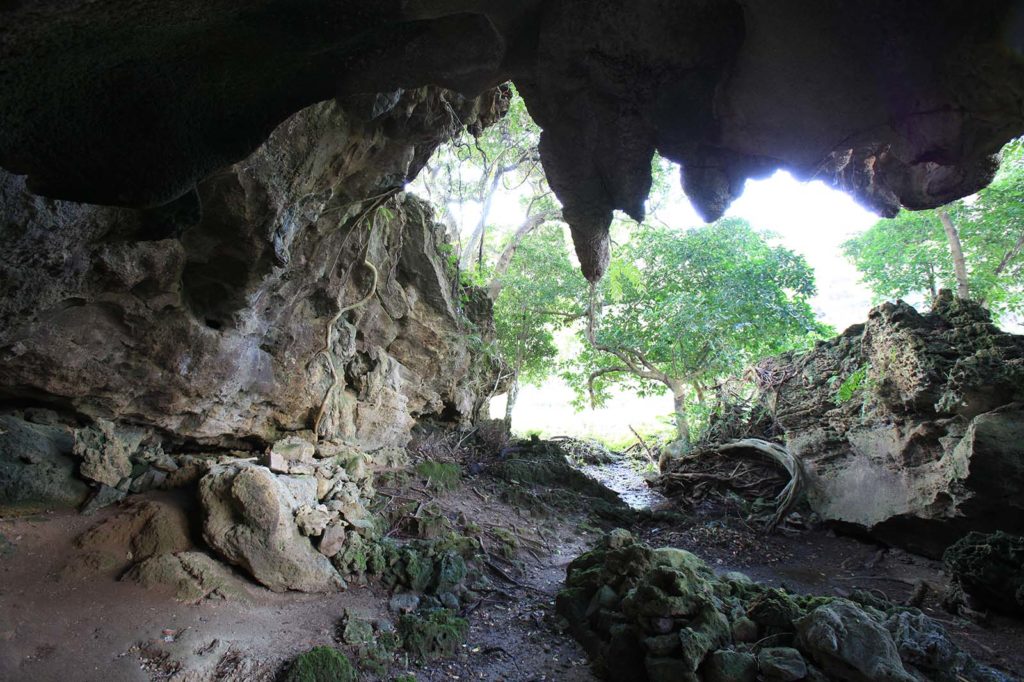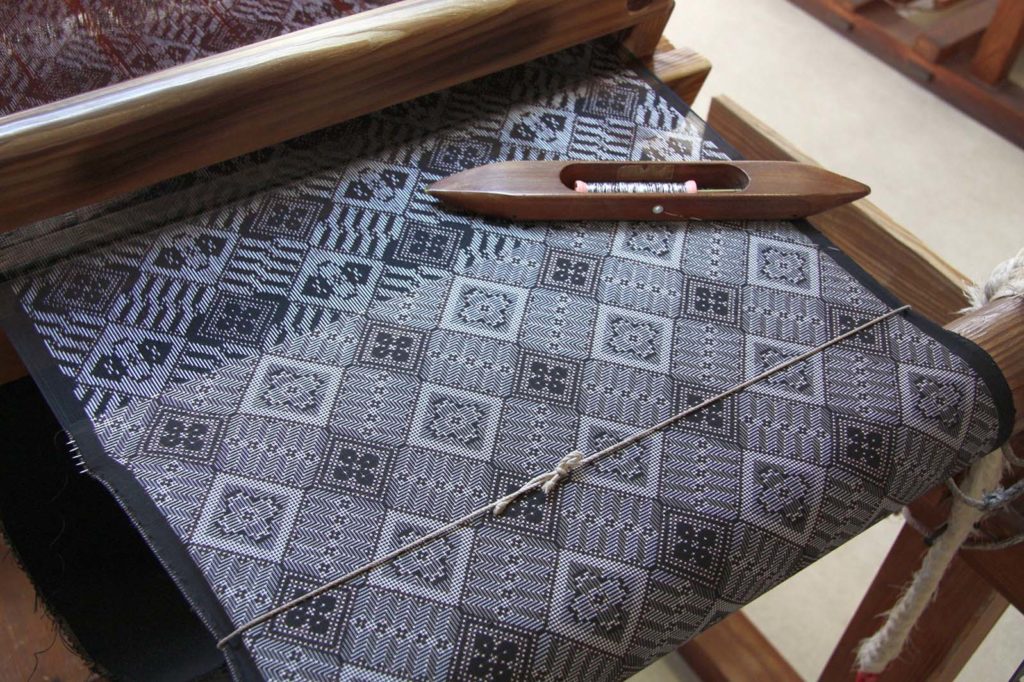
Culture and History
Overview of the Amami Archipelago (Ancient Times to Middle Ages)
Ancient Times in the Amami Archipelago (Nara Period - Heian Period: 8th - 14th centuries AD)
The Great Green Turban shellfish trade seems to have boomed in the period corresponding to Ancient Times. Great Green Turbans have a pearly layer used in jewelry since ancient times. Literature refers to the Heian royal family using Great Green Turban, and researchers think the shells may have been objects of trade with Yamato peoples in the Amami Islands since the 9th century(*1).
From the 7th through 10th centuries, people made near-shore dune areas into dwelling sites. A typical example is the Kominato Fuwaganeku site in Amami Oshima, where huge numbers of Great Green Turban shells were found together with spoons crafted from them and shells that broke mid-process, suggesting a workshop to make Great Green Turban spoons was once located here. Several of the sites in Amami Oshima where Great Green Turban were found in large numbers were likely locations where the sea snail shells were collected for trade, and this finding is evidence supporting references in literature. Excavation at sites where large numbers of Great Green Turban are found also reveal much Kyushu ceramic ware and Tang dynasty coins from China that may have been carried into the island through the shellfish trade (*2).
※1 Although ancient literature of Japan from the same period mentions Great Green Turban spelled two different ways, the references are to Great Green Turban shellfish known to have been used to make sake cups and added as a decorative material to plaster.
※2 Inlaid mother-of-pearl techniques are believed to have come to Japan from the 8th century Tang Dynasty, and Chinese currency unearthed from Amami sites also is thought to have been carried from China before the 9th century.
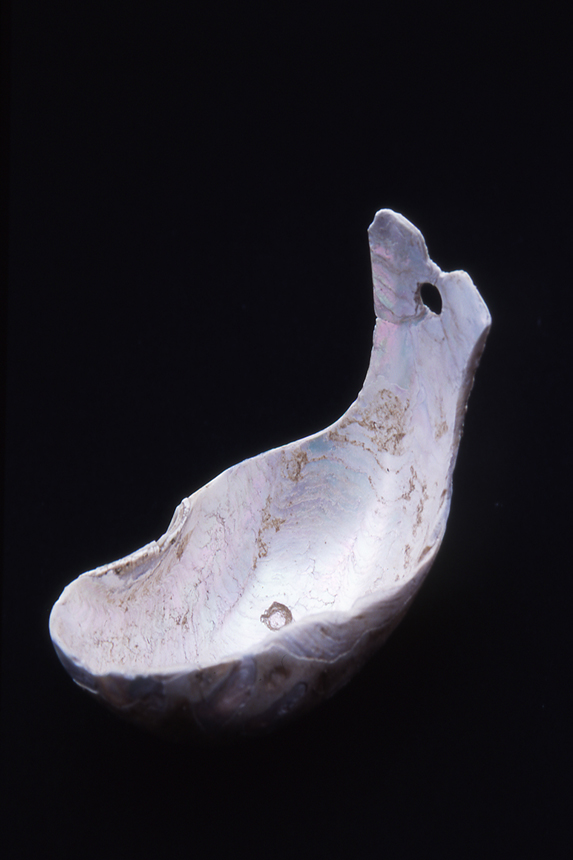
Great Green Turban spoon (Amami City Amami Museum)
Farming begins in the Amami archipelago around the 11th century, and people in Tokunoshima start to fire a hard earthenware called kamuiyaki.
Pots, small bowls and large bowls are the main types of kamuiyaki used as tableware along with Kyushu-produced stone pots and Chinese ceramics throughout the Ryukyu Islands. Such items indicate the start of a commercial product economy in which tools made in large numbers in specific areas were transported to distant places.
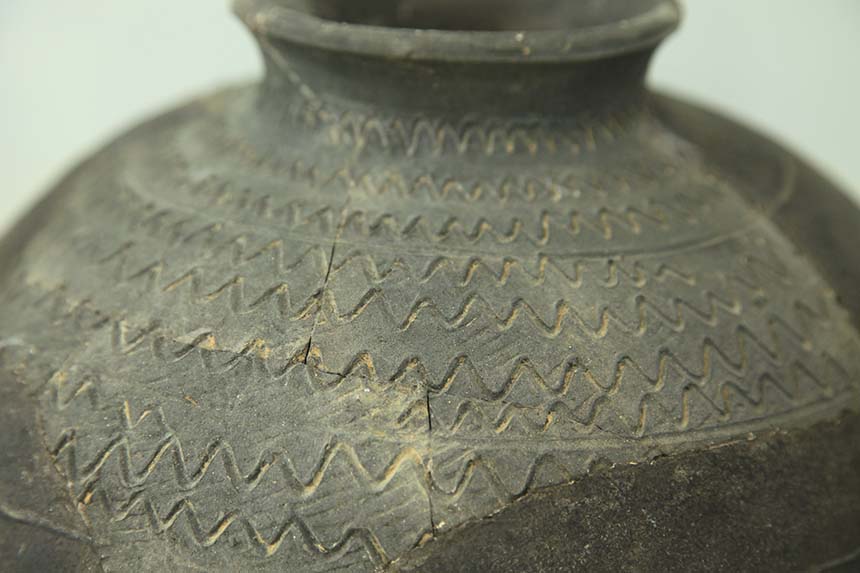
Kamuiyaki (Isen Town Board of Education)
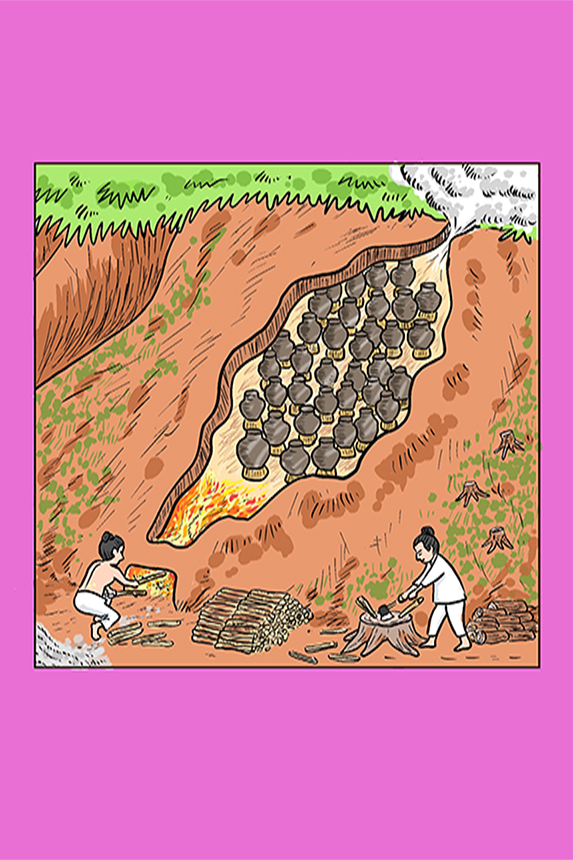
Making kamuiyaki (artists’ depiction)
Kamuiyaki Illust/Miho Ichiki
A large haul of Chinese ceramics made around the 13th century excavated from under water in Yakeuchi Bay, Amami Oshima indicates that trading ships may have sailed from China for Hakata in Kyushu and passed close to the Amami archipelago.
The Gusuku site group on Kikaijima believed to be a trading base connecting Kyushu to the Ryukyu Islands reached its golden age when a large stronghold similar to the Akakina Gusuku site in Amami Oshima was constructed.
Many sites remain today that tell of the thriving society in the islands that saw Great Green Turban and other specialty items spark the coming and going of all kinds of people in the Amami archipelago during ancient times and the Middle Ages.

Ceramic fragments from underwater site(Uken Village, Board of EducationUken Village, Board of Education)
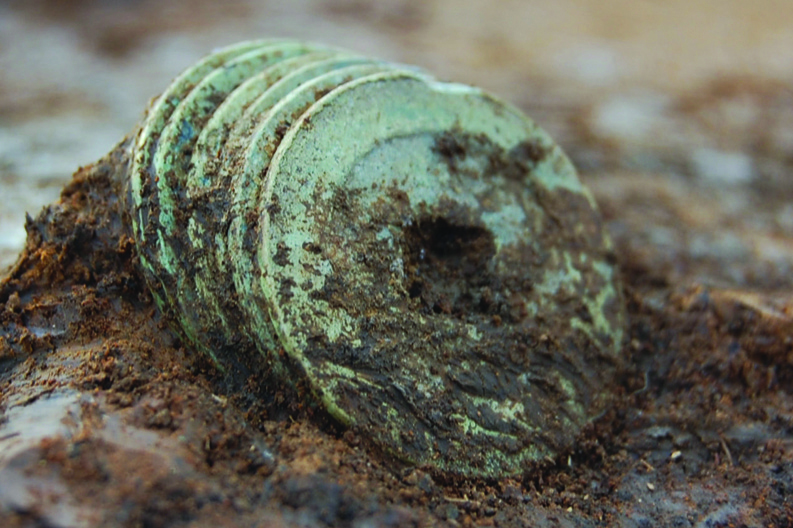
First discovery of Northern Sung old coins in the Nansei Islands
(Excavation of gusuku site / Kikai Town Board of Education)

Akakina Gusuku excavation (Kasari Town, Amami Oshima)
Photos and Text/ excerpted from HORIZON VOL. 30

